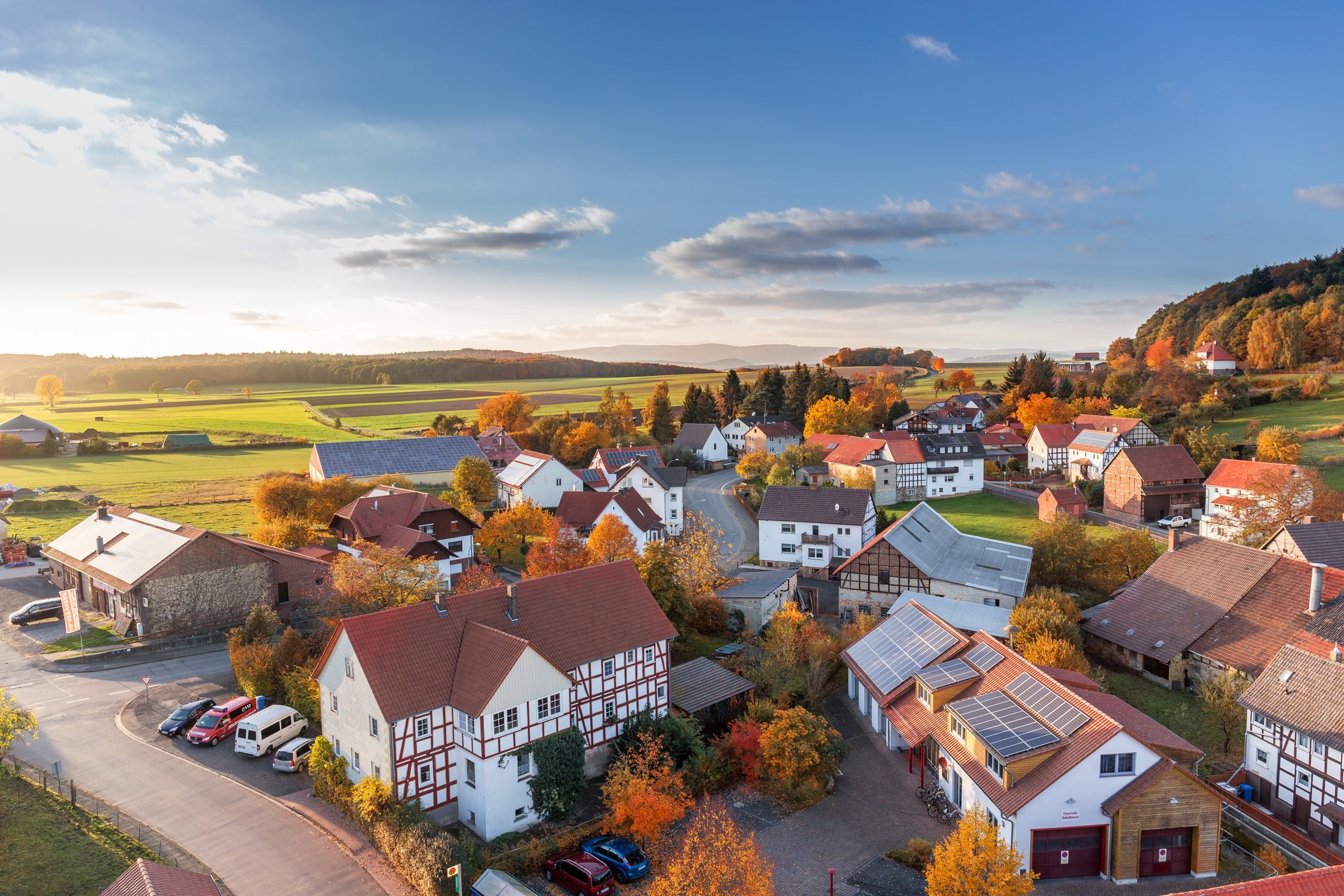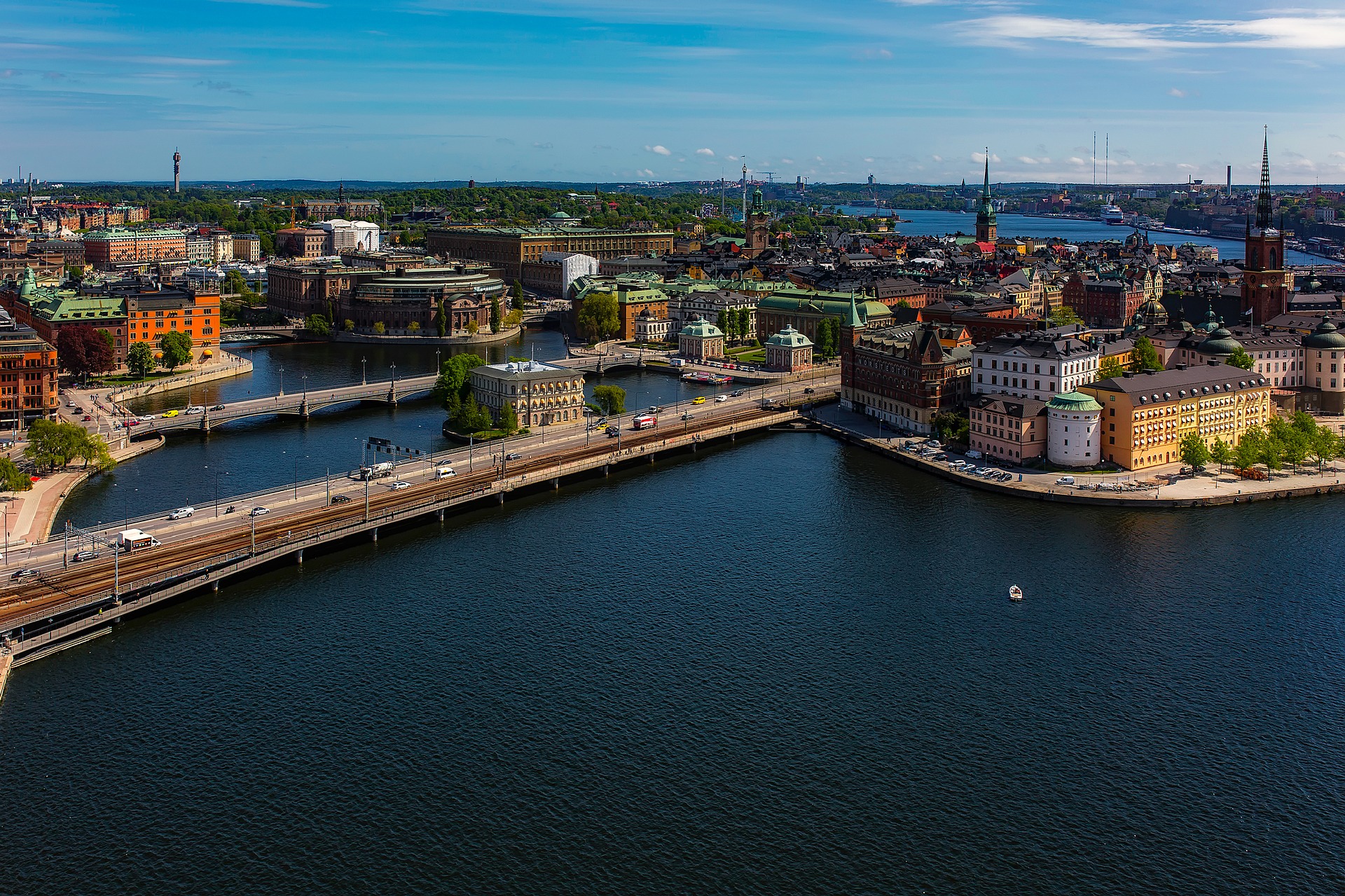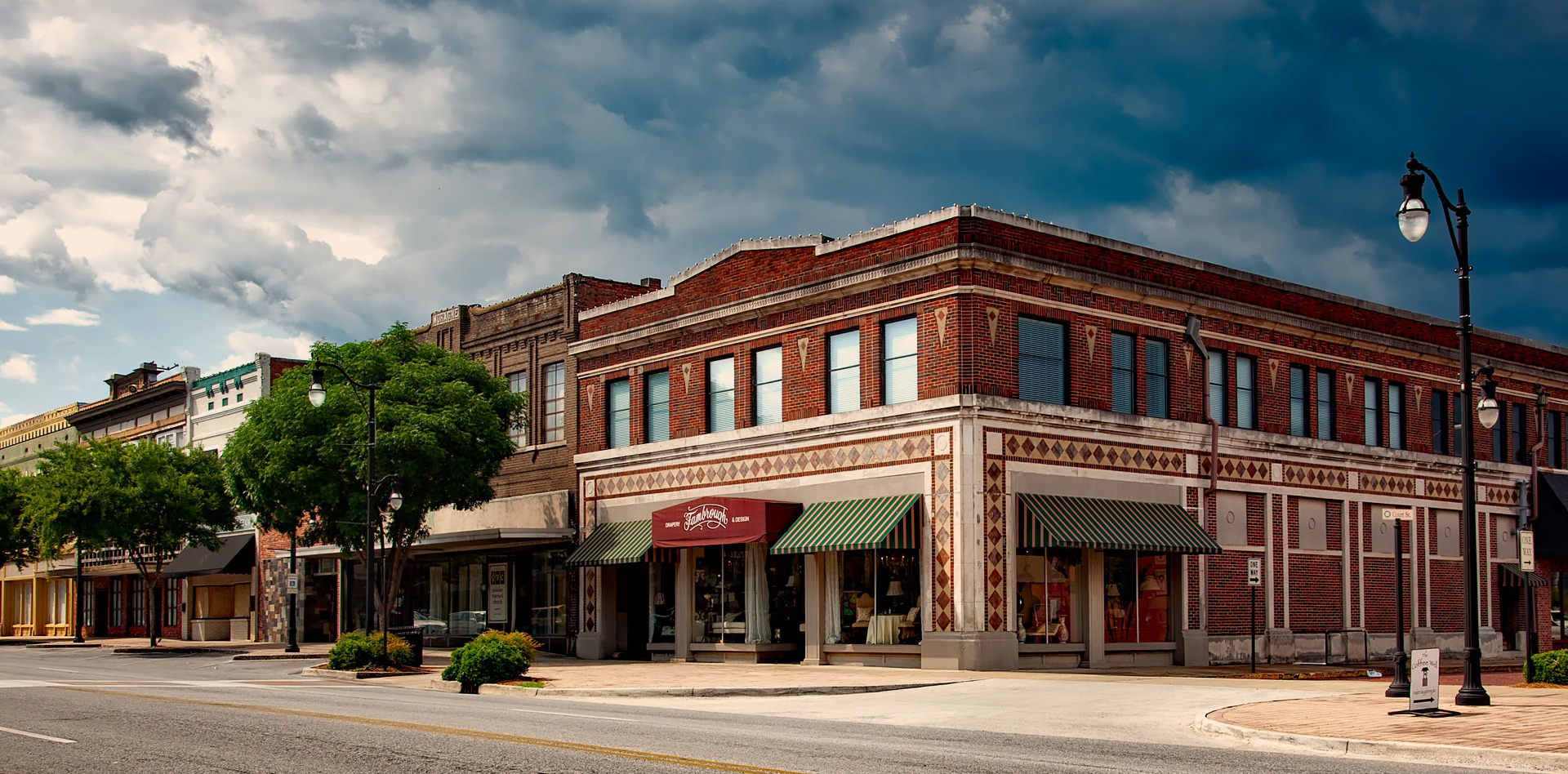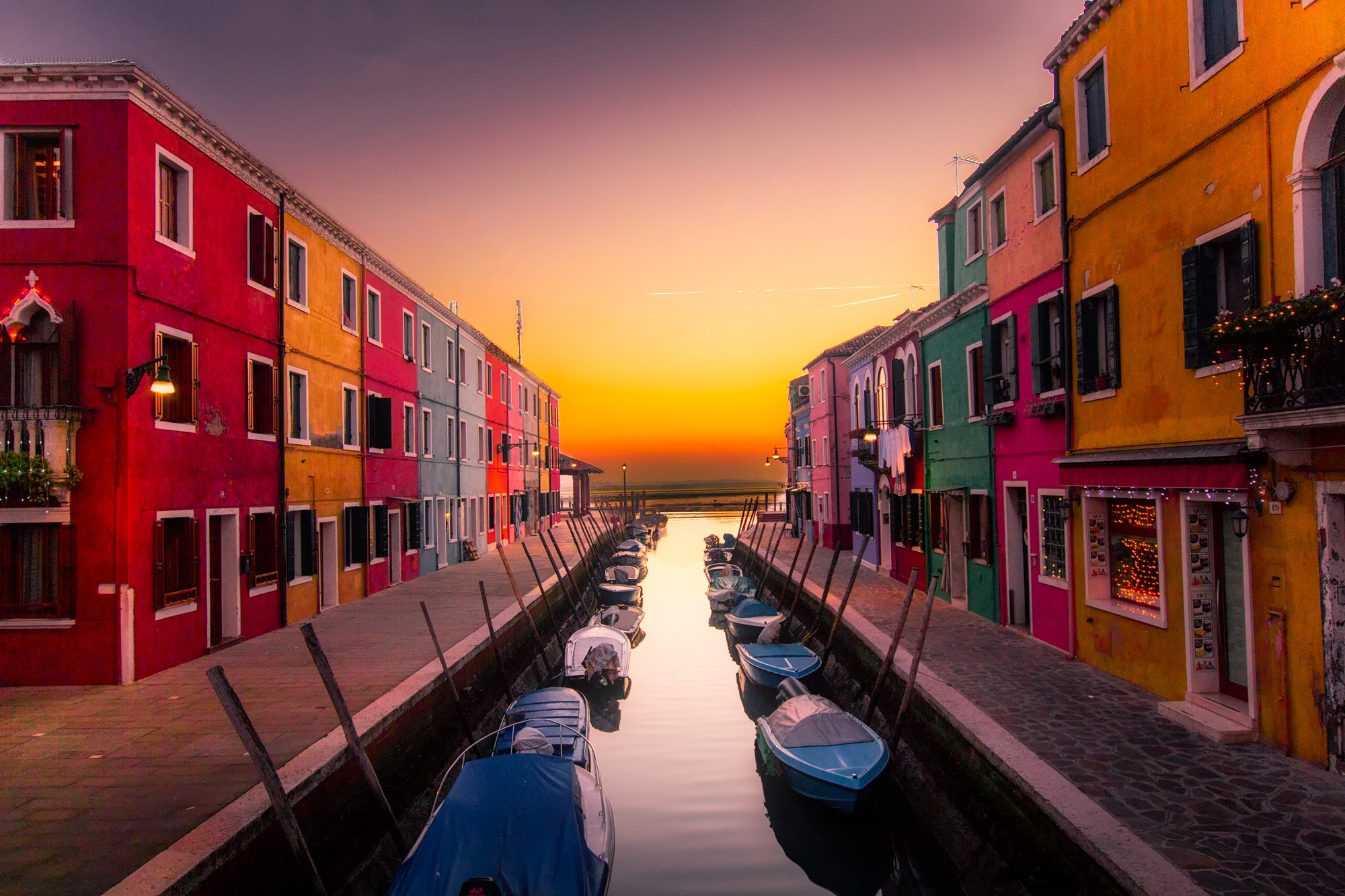
Town Gallery
June 27, 2016• • thecea_uemlo5
The distinction between a town and a city similarly depends on the approach: a city may strictly be an administrative entity which has been granted that designation by law, but in informal usage, the term is also used to denote an urban locality of a particular size or importance: whereas a medieval city may have possessed as few as 10,000 inhabitants, today some consider an urban place of fewer than 100,000 as a town, even though there are many officially designated cities that are much smaller than that.







In toponymic terminology, names of individual towns and cities are called astyonyms or astionyms (from Ancient Greek ἄστυ ‘town, city’, and ὄνομα ‘name’).
Through different periods of recorded history, many towns have grown into sizeable settlements, with the development of properties, centres of culture, and specialized economies.
Ordered list
- Town and market town are above all ceremonious honorary degrees, referring to population, history and regional significance of a municipality. As the statistics of Czech municipalities shows, towns usually have between 1,000 and 35,000 inhabitants, with median around 4,000 and average around 6,500. Nowadays a municipality must have at least 3,000 inhabitants to have the right to request the town title. Market towns usually have between 500 and 4,000 inhabitants, with median and average both around 1,000.
- In Denmark, in many contexts no distinction is made between “city”, “town” and “village”; all three translate as by. In more specific use, for small villages and hamlets the word landsby (meaning ‘country town’) is used, while the Danish equivalent of English city is storby (meaning ‘large town’). For formal purposes, urban areas having at least 200 inhabitants are considered by.
- In Roman times, a villa was a rural settlement formed by a main residential building and another series of secondary buildings. It constituted the center from which an agricultural holding was administered. Subsequently, it lost its agricultural functions and reduced its activity to residential.
- Çatalhyük, currently an archaeological site, was considered to be the oldest inhabited town that existed from around 7500 BC. Inscribed as a world heritage site, it remains a depopulated town with a complex of ruins.
Historically some towns held various privileges, the most important of which was the right to hold market. They were administered separately from the rural areas in both fiscal, military and legal matters. Such towns are known as købstad (roughly the same meaning as borough albeit deriving from a different etymology) and they retain the exclusive right to the title even after the last vestiges of their privileges vanished through the reform of the local administration carried through in 1970.
Unordered list
- In Estonia, there is no distinction between a town and a city as the word linn is used for both bigger and smaller settlements, which are bigger than villages and boroughs. There are 30 municipal towns (omavalitsuslik linn) in Estonia and a further 17 towns, which have merged with a municipal parish (vallasisene linn).
- In Finland, there is no distinction between a town and a city as the word kaupunki is used for both bigger and smaller settlements, which are bigger than villages and boroughs; although when talking about the word town, the word pikkukaupunki is used (pikku means ‘little’ or ‘small’). There are almost one hundred municipal towns in Finland.
- For statistical purposes, the national statistical institute (INSEE) operates a distinction between urban areas with fewer than 2,000 inhabitants and bigger communes, the latter being called villes. Smaller settlements are usually called villages.
- Cyprus, including the Turkish-occupied areas, is also divided into 39 δήμοι (in principle, with at least 5,000 inhabitants, though there are exceptions) and 576 κοινότητες.
- Before the fall of communism in 1990, Hungarian villages with fewer than 10,000 residents were not allowed to become towns. Recently some settlements as small as 2,500 souls have received the rank of town (e.g. Visegrád, Zalakaros or Gönc) and meeting the conditions of development is often disregarded to quickly elevate larger villages into towns. As of middle 2013, there are 346 towns in Hungary, encompassing some 69% of the entire population.
Towns of more than 50,000 people are able to gain the status of megyei jogú város (town with the rights of a county), which allows them to maintain a higher degree of services. (There are a few exceptions, when towns of fewer than 50,000 people gained the status: Érd, Hódmezővásárhely, Salgótarján and Szekszárd)
The Local Government act 2001 provides that from January 1, 2002 (section 10 subsection.
Within the county in which they are situated and of which they form part, there continue to be such other local government areas as are set out in Schedule which – (a) in the case of the areas set out in Chapter 1 of that Schedule, shall be known as boroughs, and – (b) in the case of the areas set out in Chapter 2 of that Schedule, shall be known as towns, and in this Act a reference to a town shall include a reference to a borough.
The reference to town having a population of at least 7,500 as ascertained at the last preceding census hands much of the power relating to defining what is in fact a town over to the Central Statistics Office and their criteria are published as part of each census.
Another reference to the Census and its role in determining what is or is not a town for some administrative purpose is in the Planning and Development act 2000 (part II chapter I which provides for Local area plans)
A local area plan shall be made in respect of an area which —(i) is designated as a town in the most recent census of population, other than a town designated as a suburb or environs in that census, (ii) has a population in excess of 2,000, and (iii) is situated within the functional area of a planning authority which is a county council.
In short they speak of “towns with legally defined boundaries” ( i.e. those established by the Local Government Act 2001) and the remaining 664 as “census towns”, defined by themselves since 1971 as a cluster of 50 or more occupied dwellings in which within a distance of 800 meters there is a nucleus of 30 occupied houses on both sides of the road or twenty occupied houses on one side of the road there is also a 200 meter criterion for determining whether a house is part of a census town.
The 2011 Census of India defines towns of two types: statutory town and census town. Statutory town is defined as all places with a municipality, corporation, cantonment board or notified town area committee. Census towns are defined as places that satisfy the following criteria:
Towns in India usually have basic infrastructure like shops, electricity, bituminised roads, post offices, banks, telephone facilities, high schools and sometimes a few government offices. The human population living in these towns may be a few thousand. There are some towns which can be labelled as Main road town.
In state of Karnataka, towns are known as Pete or Pura in the Kannada language. Sometimes the terms pattana (‘city’) or ooru, which generally means ‘place’, are used for towns. The administrative council which governs these towns is known as Pura Sabhe or Nagara Sabhe in Kannada depending on the number of people living within the town’s boundaries.
In contemporary Persian texts, no distinction is made between city and town; both translate as Shahr (شهر). In older Persian texts (until the first half of the 20th century), the Arabic word Qasabeh (قصبه) was used for a town. However, in the past 50 years, this word has become obsolete.
There is a word in Persian which is used for special sort of satellite townships and city neighborhoods. It is Shahrak (شهرک), (lit.: ‘small city’).
Another smaller type of town or neighborhood in a big city is called Kuy (کوی). Shahrak and Kuy each have different legal definitions.
Large cities such as Tehran, Mashhad, Isfahan, Tabriz, etc. which have millions inhabitants are referred to as Kalan-shahr (کلانشهر), metropole.
Community Enterprise Accelerator
2501 Grand Concourse 3rd Floor • Bronx, NY 10468
Phone: (907) 350-7400
Recent News
Quick Links
- Request a 311 Service
- Administration
- Government
- Icons made by Zlatko Najdenovski from www.flaticon.com

